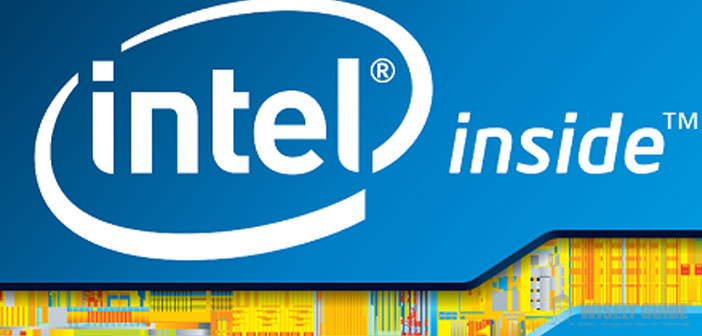A new roadmap clarifies the timing of the launch of two new proposals Intel Desktop, as well as the overlap. The first compatible motherboards on the market; the second that requires a new platform.
Thanks to the site VR-Zone have emerged new information on the CPU that Intel prepares to debut during 2015, based on a 14-nanometer manufacturing technology. We know that Intel is working on two separate launches for desktop systems: the first is that of Broadwell processors, based on the same architecture of the CPU Core-M and Core i7, i5 and i3 fifth generation presented by Intel between summer 2014 and early 2015.
The second is related to the processors Skylake, the name that identifies the new future micro architecture developed by Intel for its processors combined with production technology always at 14 nanometers. From the second quarter of 2015, we will see the market the first family processors Broadwell feature a TDP of 65 watts and the adoption of a frequency multiplier fully unlocked. These processors will be compatible with motherboards with socket LGA 1150 chipset 9 series currently on the market, resulting in the interesting optical upgrade.
This is also why the Intel roadmap provides a coexistence between the proposals Broadwell and future CPU architecture-based Skylake for a market segment that is coincident: the first will adopt platforms already on the market while the latter will need to equip themselves with new motherboards and memories.
Interesting indication of the TDP of only 65 watts for these processors, but with quad-core architecture: this suggests that Intel has been able to maintain a high level of performance, in line with that of the proposals Haswell Refresh now on the market, even with consumption peak, which is lower.
From the third quarter of the roadmap shows the debut of processors models Skylake-D with LGA package then developed to be combined with the motherboard socket and not soldered on the PCB. Proposals will be different versions of these processors, with quad core and dual core architecture and values of variables in TDP 95 Watt, 65 Watt and 35 Watt. The models Skylake-S will also include variations characterized by suffix K, to identify the presence of the frequency multiplier unlocked upwards. For processors Skylake-S Intel will adopt the new socket LGA 1151, coupled with new motherboards and chipsets family 100 that will be paired with DDR4 memory.
The processor family Skylake will also see the debut, again between the second and third quarter of 2015, the solutions Skylake-U; in this case, we will have dual-core models intended for systems with lower consumption with a TDP of 28 Watt or 15 Watt and BGA package type. These are models that will gradually take the place of those Broadwell U-presented by Intel in early January 2015, to coincide with the CES in Las Vegas, at the base of the next generation of Ultrabook, notebook thin and hybrid systems that we will see on the market during the autumn.
There will be news for processors family N, ground of proposals Atom. In this case, we will see the debut of the second quarter 2015 Atom processors based on the architecture Braswell, featuring dual and quad-core versions and a maximum TDP of 10 Watts. These CPU gradually take the place of the Atom CPU family Bay Trail-D.
From roadmap emerges finally as in the first quarter of 2016 will debut processors Broadwell-And-end enthusiast platforms, solutions that will take the place of those Haswell-E currently on the market that have been submitted by Intel in late summer 2014. In this case, the TDP will be maintained up to 140 Watts, with versions of the series of the X and K, all have frequency multiplier unlocked upwards.


